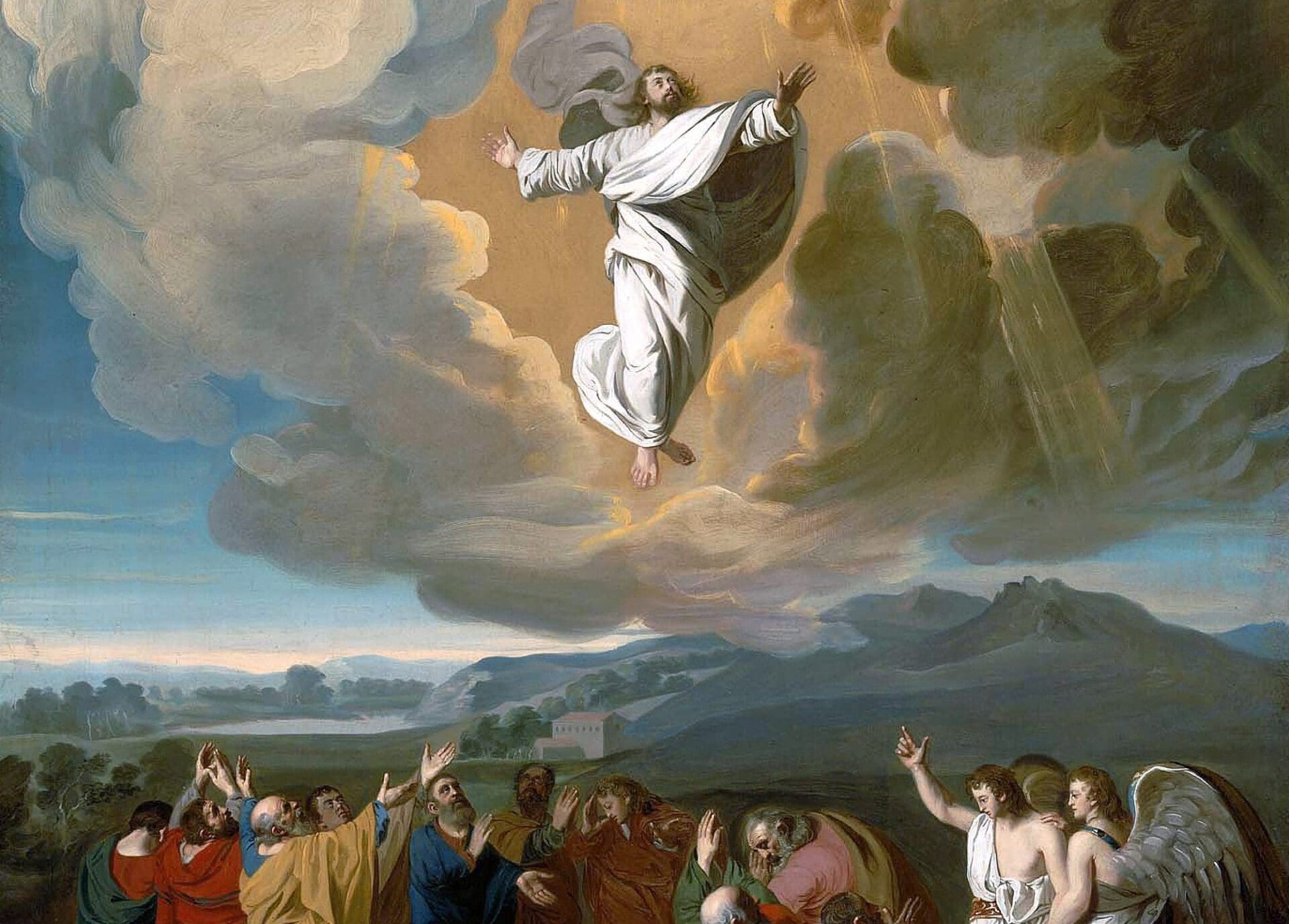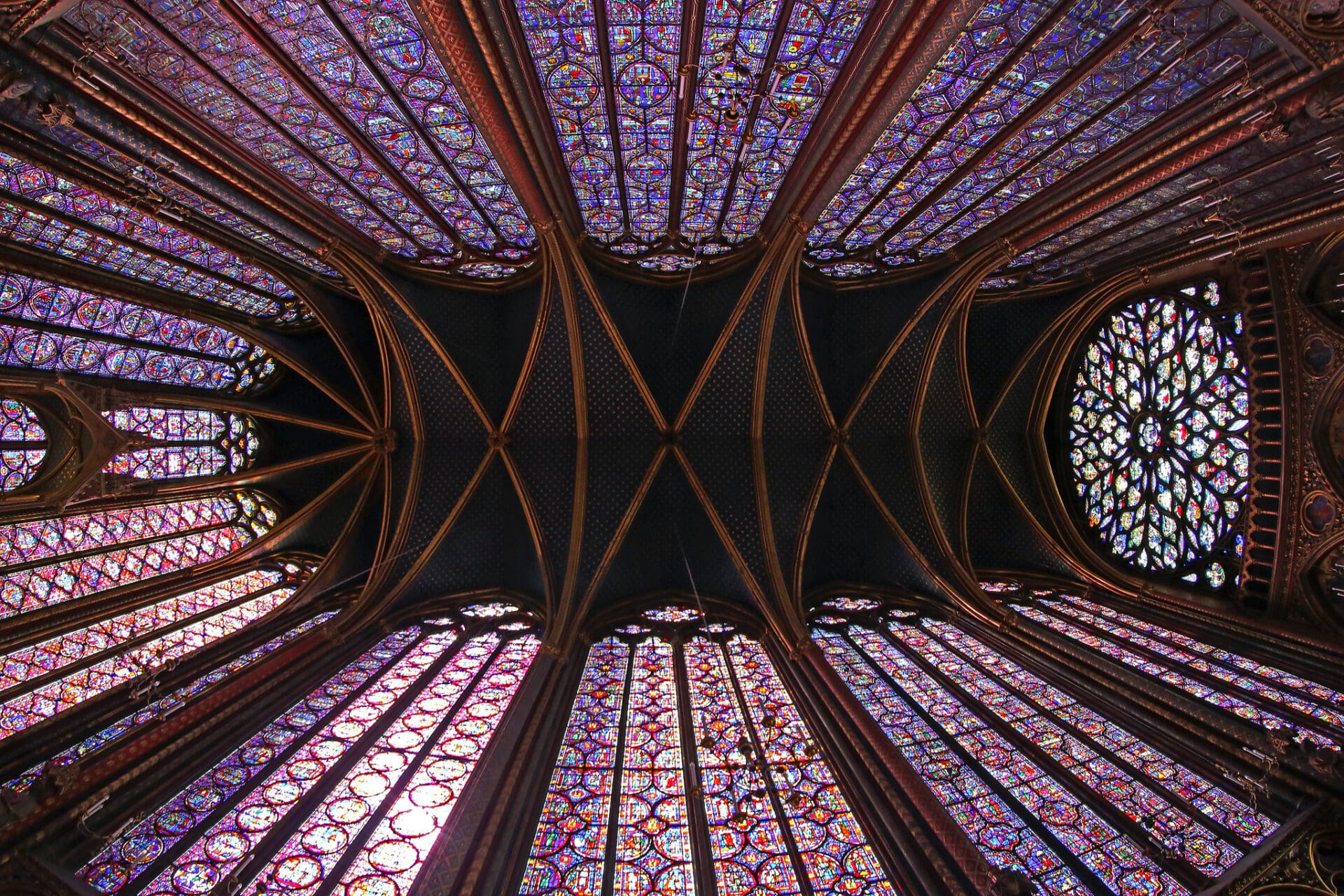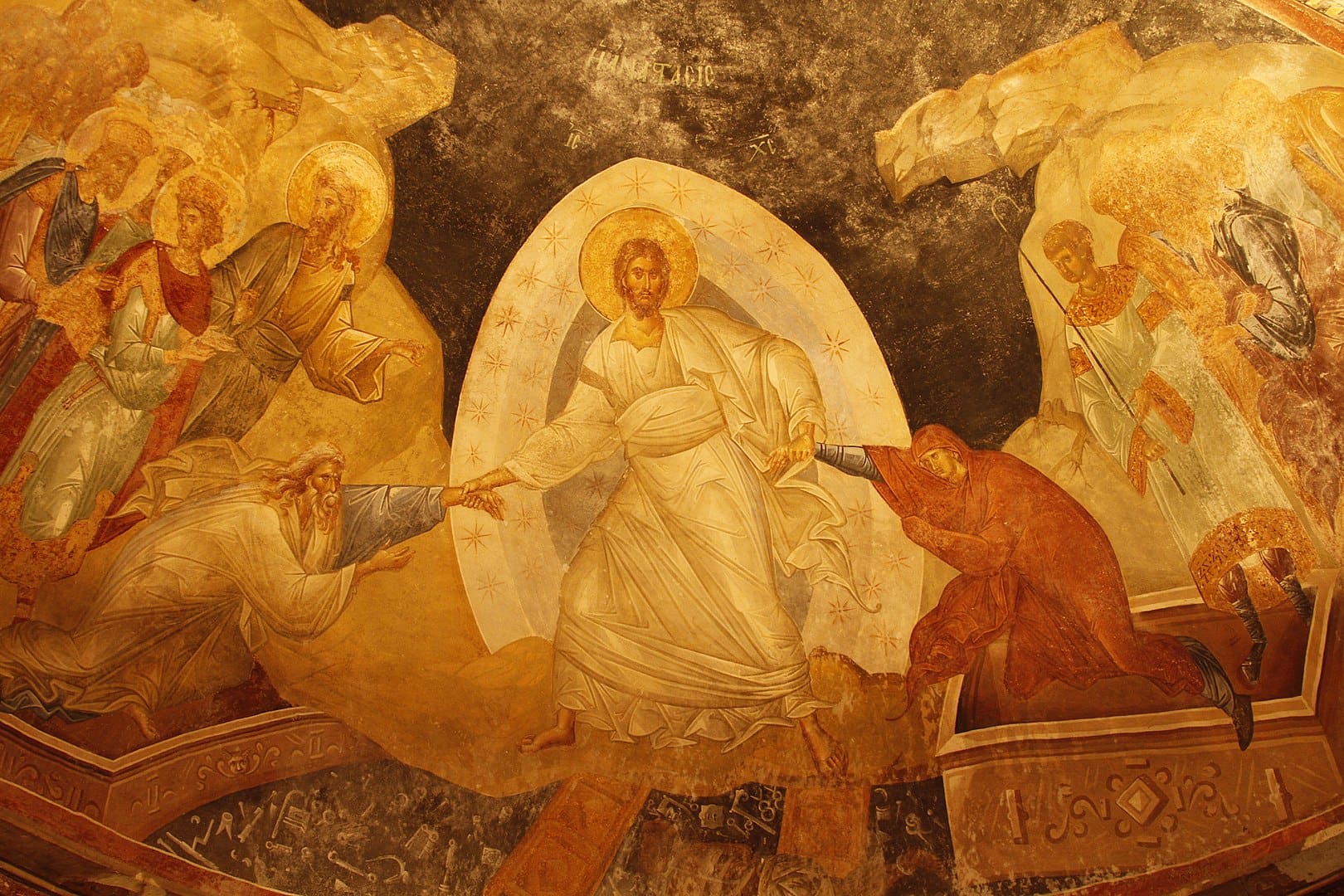The following is a hypothetical description of how the Easter Vigil could be carried out given the limitations imposed by the coronavirus (COVID-19) pandemic. In proposing such a scenario, there is no precedent which can be illustrative. The Easter Vigil was never intended to be celebrated without the gathered faithful, without sufficient ministers, and perhaps even without music. Nevertheless, it is important that the Easter Vigil take place, wherever possible, even in conditions which are not ideal—and as beautifully as possible. The following proposal will be greatly enhanced if a cantor is present, or if the deacon or the celebrant can sing well. A minimum of three servers is presumed. It will not be possible to multiply the readers according to the number of readings being proclaimed. In many jurisdictions, no more than ten persons will be permitted to gather for the Easter Vigil, including all the ministers. What is described below is an attempt to harmonize the demands of the missal, along with the recent decrees of the Holy See (March 19 and March 25), with the current circumstances.
Normally, the Easter Vigil begins, according to custom, with the tabernacle empty. The Presence of the Lord would require a burning sanctuary lamp in the church, and this appears contrary to the instruction that all the lights of the church are extinguished (Roman Missal: Easter Vigil, 7). The Blessed Sacrament which remains from Mass on Holy Thursday (and the Celebration of the Lord’s Passion on Friday) is generally reserved outside the main body of the church, usually in the sacristy, where a light can burn next to it (see Roman Missal: Good Friday, 29).
The Congregation for Divine Worship directs that the preparation and blessing of fire be omitted. Nevertheless, the rest of the rubrics for the beginning of the lucernarium remain. Without the blessing of the fire, and the lighting of the Easter candle from that fire, and the procession from the fire into the church, how might the Easter Vigil actually begin this year? Rather than beginning outdoors at the fire as one usually expects, perhaps the Vigil this year can begin once all the ministers have entered the sanctuary in silence and the celebrant has reverenced the altar and is standing at the chair. There is no entrance chant for the Easter Vigil. Upon arriving at his chair, the book bearer approaches, as do a server holding the Easter candle and another server holding a lit taper from which the celebrant will eventually light the Easter candle. (It is probably best for this taper to be lit discretely out of sight and brought to the priest celebrant.) Once all are standing in their places, perhaps all the lights in the church are extinguished, except for one light at the chair. Otherwise, at least some of the lights of the church will need to remain on so that the priest celebrant can read from the missal the opening portions of the lucernarium.
The celebrant begins with the sign of the cross, the greeting, and the instruction, “Dear brethren,” as indicated in the missal (Roman Missal: Easter Vigil, 9). Omitting the blessing of the fire, and therefore the preparation of incense (the charcoals are lit from the blessed fire), he proceeds directly to prepare the candle as indicated in the missal (Roman Missal: Easter Vigil, 11-12), and lights it using the formula there (Roman Missal: Easter Vigil, 14). (Perhaps he concludes the formula with the sign of the cross over the flame, saying nothing, to compensate for the absent blessing of the fire.) The server extinguishes the taper. The celebrant lights his candle from the Easter candle. Those next to him do likewise and go to bring the light to others in the sanctuary and to others, if any, in the church. Once all have their candles lit, the deacon asks for the celebrant’s blessing to announce the Easter proclamation (Roman Missal: Easter Vigil, 18). He, or another minister in his absence, carries the Easter candle from the priest’s chair to its stand and places it there. (As an alternative, it may be more convenient for the celebrant to begin the Vigil, prepare the candle, and light it while standing next to its stand, either near the ambo or in the middle of the sanctuary, before arriving at the chair.)
In the absence of a deacon, the celebrant, or a concelebrant or a cantor may sing the proclamation; these do not request the celebrant’s blessing beforehand. Depending on the circumstances, it may not be possible to sing the entire Exsultet, even in the short form. The person charged with this ministry could sing at least the initial portion of the Exsultet, “Exult, let them exult, the hosts of heaven.” In extreme necessity, perhaps a deacon or priest could sing at least the dialogues with the people which follow the initial portion, “The Lord be with you . . .,” if the cleric is unable to sing absolutely nothing else. (These dialogues are not sung by a lay cantor.) The lights of the church are turned on prior to the beginning of the Exultet (Roman Missal: Easter Vigil, 17). In the exceptional case this year, one might wonder whether any purpose is served by having the lights of the church off for such a short period of time.
After the Exsultet, all extinguish their candles (Roman Missal: Easter Vigil, 22). The reading of Exodus 14 with its response is always required, but a choice can be made among the other Old Testament readings. At least three readings from the Old Testament, representing both the Law and the prophets (Exodus 14 included), must be read (Roman Missal: Easter Vigil, 21). Apart from the Exodus reading, a decision can be made whether to include some or all of the psalm responses which follow the readings (Roman Missal: Easter Vigil, 23). These can be read straight through without their intervening response (General Instruction on the Roman Missal (GIRM), 61). In some cases, perhaps the response alone can be sung while the verses are recited. At the Gloria, the bells of the church are rung and the altar candles are lit from the Easter candle. After the reading of the Epistle, the Alleluia at least should be sung, even if the verses to psalm 118 need to be recited, due to the absence of a competent cantor. The celebrant or, if necessary, another minister may intone the Alleluia which all sing. Candles are not carried at the Gospel, but it may be possible to use incense if there are sufficient servers. The incense is lit from fire taken from the candles burning in the sanctuary. Incense might also be used at the other usual points of Mass, depending on the servers available.
After the homily, the celebration of the sacraments of initiation is deferred. Moreover, the Congregation for Divine Worship, in its decree of March 19, indicated that the only portion of the baptismal liturgy at the Easter Vigil that remains this year is the renewal of baptismal promises as indicated in the Roman Missal at no. 55. The celebrant leads the renewal of baptismal promises from the chair. All hold lit candles in their hands. The prayers of the faithful follow.
For the Liturgy of the Eucharist, it is expected that the priests of the parish will concelebrate together. However, it appears any wider invitation to other priests to join the concelebration is meant to be avoided. The sign of peace is omitted.
At the conclusion of the communion of the faithful, the hosts that remain are gathered into one ciborium at the altar and brought to the tabernacle which has been empty since the beginning of the Vigil. A server lights the sanctuary lamp. Mass concludes as indicated in the Missal. Every effort should be made for the deacon, or one of the concelebrants, or the celebrant himself, to sing the proper dismissal formula, provided that those present are capable of responding in song. All depart in the usual way.
After Mass, the Hosts which may have been reserved in the sacristy since Holy Thursday are brought to the tabernacle in the church without ceremony.
In the decree dated March 19, 2020, the Congregation for Divine Worship indicated that communities which find themselves unable to arrange for the celebration of the Easter Vigil could consider praying the Office of Readings for Easter instead. The simplest form for the Office of Readings for Easter is found in the Liturgy of the Hours, where four readings are indicated. But there is nothing to prevent a community from including all seven Old Testament readings, the Epistle, and the Gospel in a celebration of the Office of Readings on Holy Saturday night. Those praying that hour would reverence the altar and enter the sanctuary in silence. The hour begins as usual, “God come to my assistance,” etc. There is no hymn at the beginning of the Office of Readings for Easter; instead, one begins immediately with a reading. The readings chosen are each followed by their responsorial psalm and collect. Prior to the Epistle, the Gloria is not sung, since the Gloria is proper to Mass. After the Epistle, it would be important to sing at least the Alleluia, even if the verses to Psalm 118 have to be read. After the proclamation of the Gospel (and homily), the Te Deum is sung, perhaps in a familiar paraphrased version that all can sing easily (e.g., “Holy God, We Praise Thy Name”). The hour concludes with the collect, and “Let us praise the Lord.” For very small communities with few ministers, this may be a more realistic choice this year.
The memorial of the Resurrection of the Lord is especially important in these weeks when all are looking for signs of hope. Even a few ministers, praying in the name of the whole Church, can inspire those experiencing anxiety. The promise of new life offered to believers can fill all hearts with peace.



